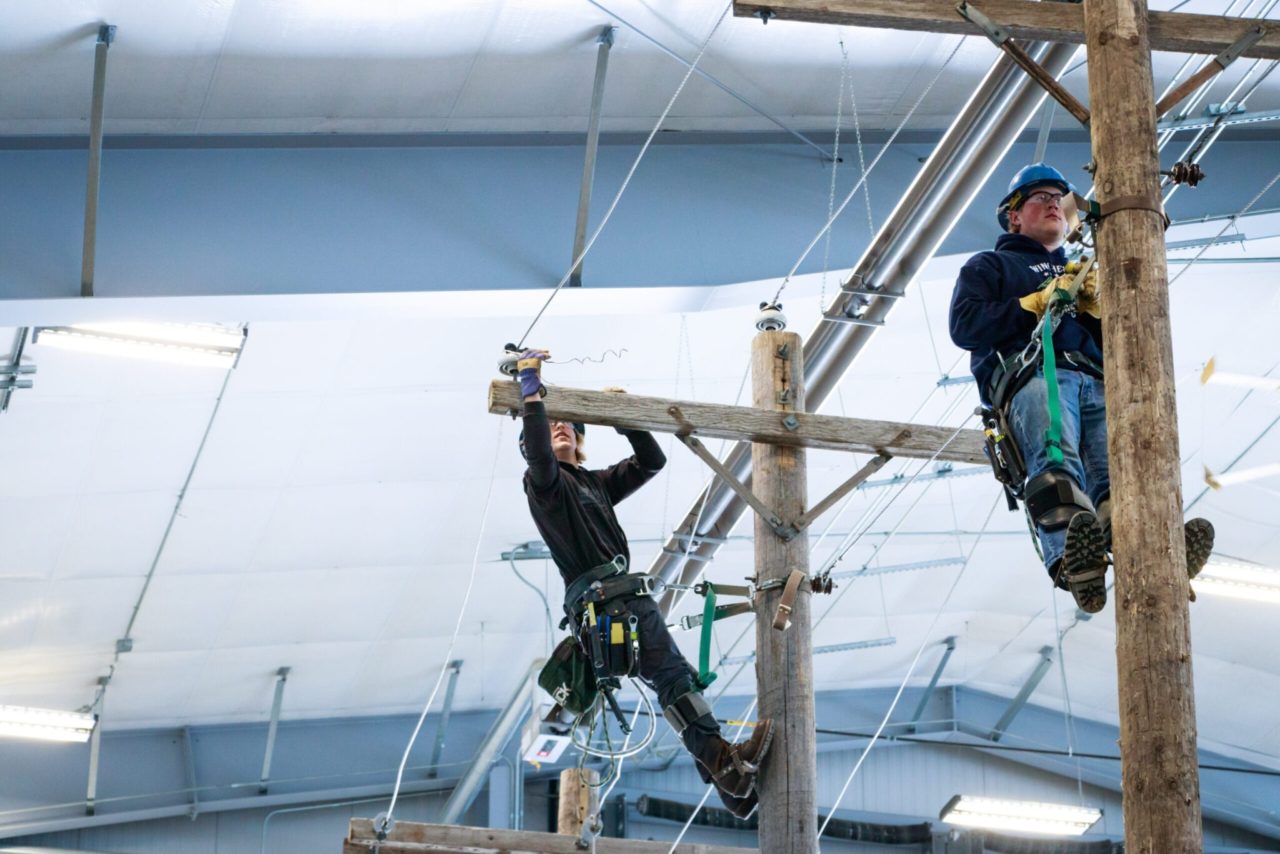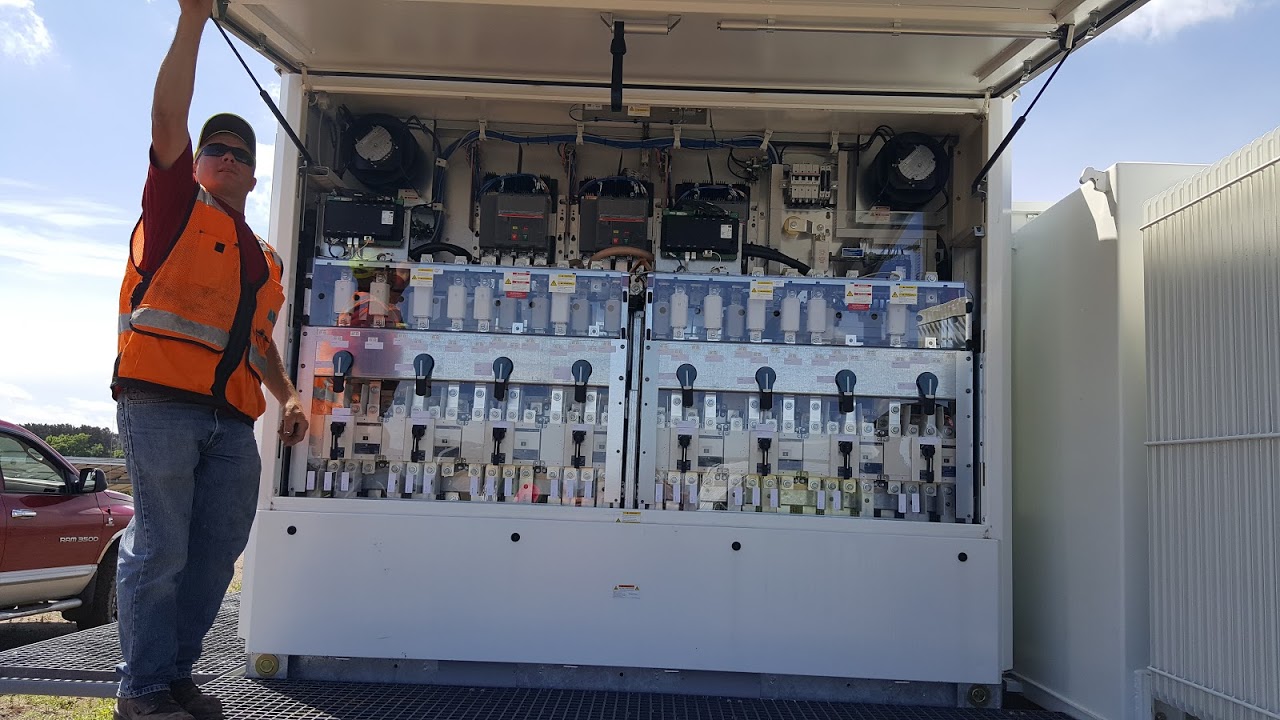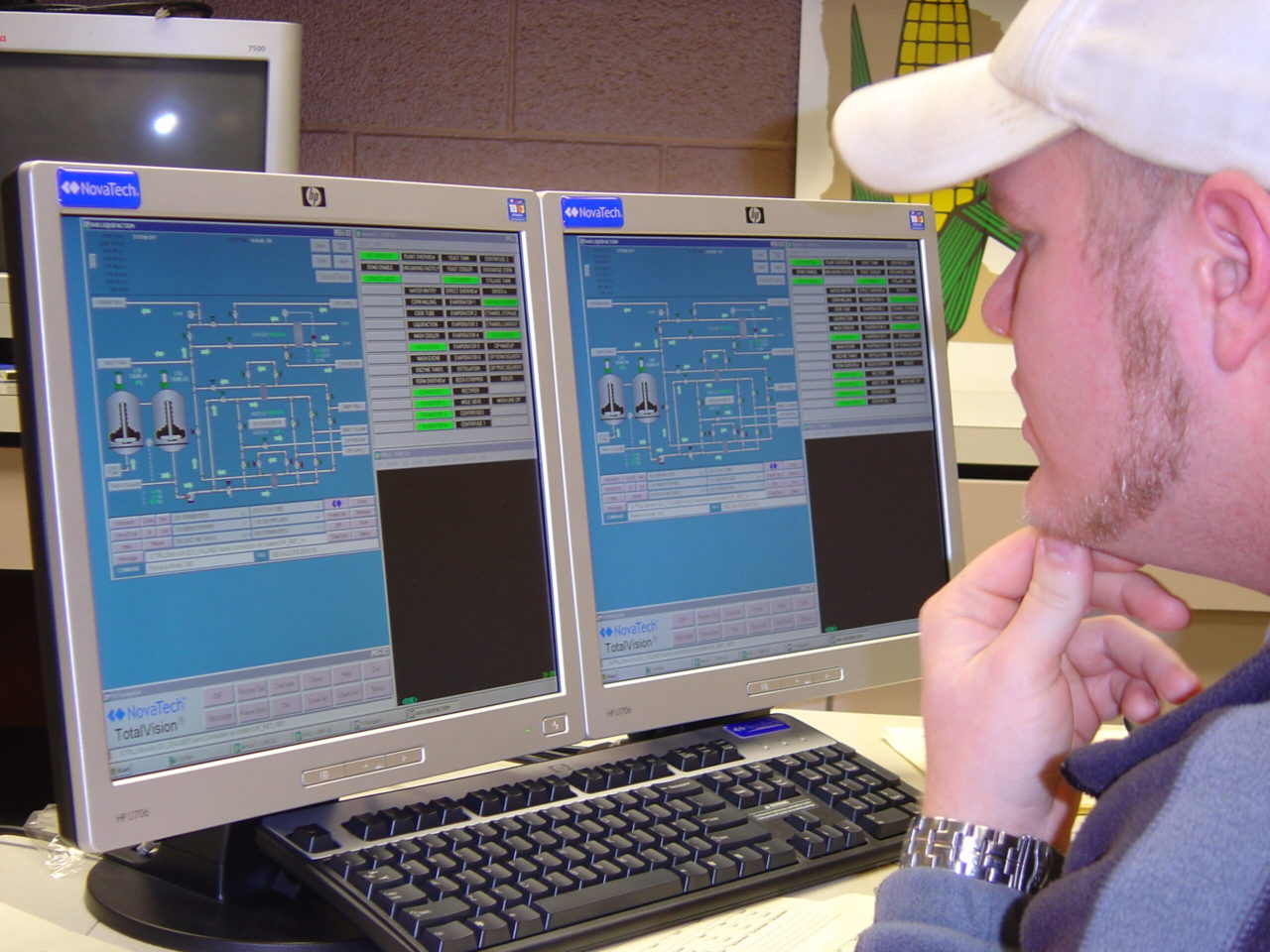By Mike Hughlett Star Tribune
Xcel Energy cut the size of the Crown Ridge II wind farm in South Dakota by one-third because of a growing problem on the Midwest’s electricity grid: too much traffic.
As more renewable energy is linked to the grid, transmission capacity is being strained. New projects are facing increasing costs — and longer waits — in connecting to the grid. Some, like Crown Ridge II, get downsized; others get canceled altogether.
“The grid is full today,” said Michael Lamb, Minneapolis-based Xcel’s senior vice president for transmission.
More transmission, from big cross-country power lines to localized interconnections, is needed, particularly if aggressive government climate change goals are to be met, say clean energy analysts and power industry executives.
“It is a bit of a Field of Dreams concept,” Lamb said of new transmission and new renewable projects. “If you build it, they will come online.”
But it will be difficult.

A power line next door is a tough sell, even if it’s transporting clean energy. One proposed high-voltage line — a $492 million conduit of wind power from Dubuque, Iowa, to Madison, Wis. — is mired in litigation, challenged by conservation groups.
And a transmission build-out would be expensive, particularly if the U.S. moves to a high level “electrification,” meaning abandoning fossil fuels for electricity-driven transportation and heating.
With high electrification and net-zero carbon emissions,total U.S. transmission would need to triple by 2050 at a cost of about $2.4 trillion, according to a December 2020 study by Princeton University’s Andlinger Center for Energy and the Environment.
The Midcontinent Independent System Operator (MISO), which runs the grid in 15 states including Minnesota, has estimated that nearly $30 billion in investments would be needed in the base scenario of its current long-term transmission planning effort.
Closer to home, Xcel this summer proposed a new Minnesota power line from Becker to southwestern Minnesota at an estimated cost of $528 million.
Money for new transmission would ultimately come mostly from ratepayers. And utilities have an economic incentive to want more of it: Transmission gets built into their rate base, providing profits over time.
Still, “you have to consider the cost of the status quo,” said Ari Peskoe, director of the Electricity Law Initiative at Harvard Law School.
“The whole point of wind and solar is they are the cheapest power by some metrics,” he said. And they lack the “externalities” of fossil fuels — the costs of pollution and carbon dioxide emissions to society.
Wind, solar drive need for change
The U.S. electricity grid grew up over the last century as a patchwork of privately owned power networks. The core idea in the Midwest: Utilities with large, centralized fossil fuel plants — and later nuclear reactors — would provide power to major population centers.
These days, the utilities work together in regional electricity pools that manage the overall grid. And the nature of electricity production is undergoing a revolution, with wind and solar farms often located in remote areas that must be connected to the grid.
“The physics and economics have changed dramatically over time,” said Rob Gramlich, president of Grid Strategies, an energy transmission consultancy.
As a result, wind and solar projects are backed up in long queues across the country, including the area covered by MISO, an Indiana-based nonprofit owned by utilities and other energy stakeholders.
“They are stuck because grid capacity is already used up,” Gramlich said.
A renewable project must wait about three years before it can be connected to MISO, according to a January study by nonprofit grid modernization advocacy group Americans for a Clean Energy Grid, which is led by Gramlich.
The average cost of grid interconnection for a new wind farm in MISO territory was $4.05 per megawatt hour in 2018, up from the historic cost of 85 cents per megawatt hour, the study said. Renewable energy developers or owners like Xcel usually bear that interconnection cost.
“Crowned Ridge is a really good example of the issues with the MISO connection queue,” said Xcel’s Lamb.
Crowned Ridge II in eastern South Dakota was planned to have a power production capacity of 300 megawatts. The grid interconnection costs for the first 200 megawatts amounted to $2.5 million and involved local transmission upgrades.
But connecting the last 100 megawatts would have triggered much more significant transmission improvements further down the line, Lamb said. The cost for that part would have been $170 million. The scaled down Crown Ridge II went online in December.
Currently, there are 964 projects waiting in MISO’s interconnection queue, representing 151 gigawatts of power production capacity, the equivalent of 69 coal power plants the size of Xcel’s massive, three-generator Sherco complex in Becker.
A recent MISO quarterly report also showed the congestion already afflicting the grid. From June 1 to Aug. 31, congestion grew by 34 % over the previous year, costing $433 million.
That cost represents power generation needed to replace cheaper power — often from wind — that couldn’t be delivered due to transmission constraints. One of the costliest choke points in that period was in southern Minnesota.
Regional projects planned
MISO’s last big regional transmission build-out — 17 new projects at the cost of $5.2 billion — was authorized in 2011. All but one those new power lines is completed and fully subscribed. (While MISO plans new regional transmission, construction and ownership usually falls to individual utilities like Xcel, which recover costs from ratepayers.)
Two of those 17 MISO power lines were part of CapX2020, the last big transmission build-out in Minnesota. Finished in 2017, CapX2020 was a $2 billion project undertaken by Xcel and several other utilities, stringing 800 miles of new power lines, mostly in Minnesota but also in the eastern Dakotas and western Wisconsin.
“That infrastructure was built and is fully utilized,” said Xcel’s Lamb. “Now we need a CapX for the future.”
Multistate transmission build-outs like CapX2020 can take more than a decade to complete. In the shorter term, Xcel this summer introduced plans for two new high-voltage power lines that would be completed by the end of the 2020s if approved by regulators.
One would run 140 miles from the Sherco site in Becker to Lyon County in southwestern Minnesota, to connect to a proposed Xcel gas plant and wind and solar farms in Minnesota. The second would be a $36 million, 15-mile line from Xcel’s Oak Park Heights coal plant into Wisconsin.
The two power lines have a leg up because they don’t have to be run through the MISO transmission planning process.When Xcel’s Minnesota coal plants are retired between 2023 and 2030, the company will retain its valuable transmission rights in Becker and Oak Park Heights.
“We think [the new Xcel lines] are a really good, creative idea to maximize those existing interconnection rights,” said Allen Gleckner, energy markets director for the St. Paul-based clean energy research and advocacy group Fresh Energy.
“This kind of bridges the gap before we get into more long-term transmission build-outs,” Gleckner said. “We are kind of at a crisis point now, where in the Upper Midwest it is getting harder and harder to connect.”



 Connect
Connect

You must be logged in to post a comment.